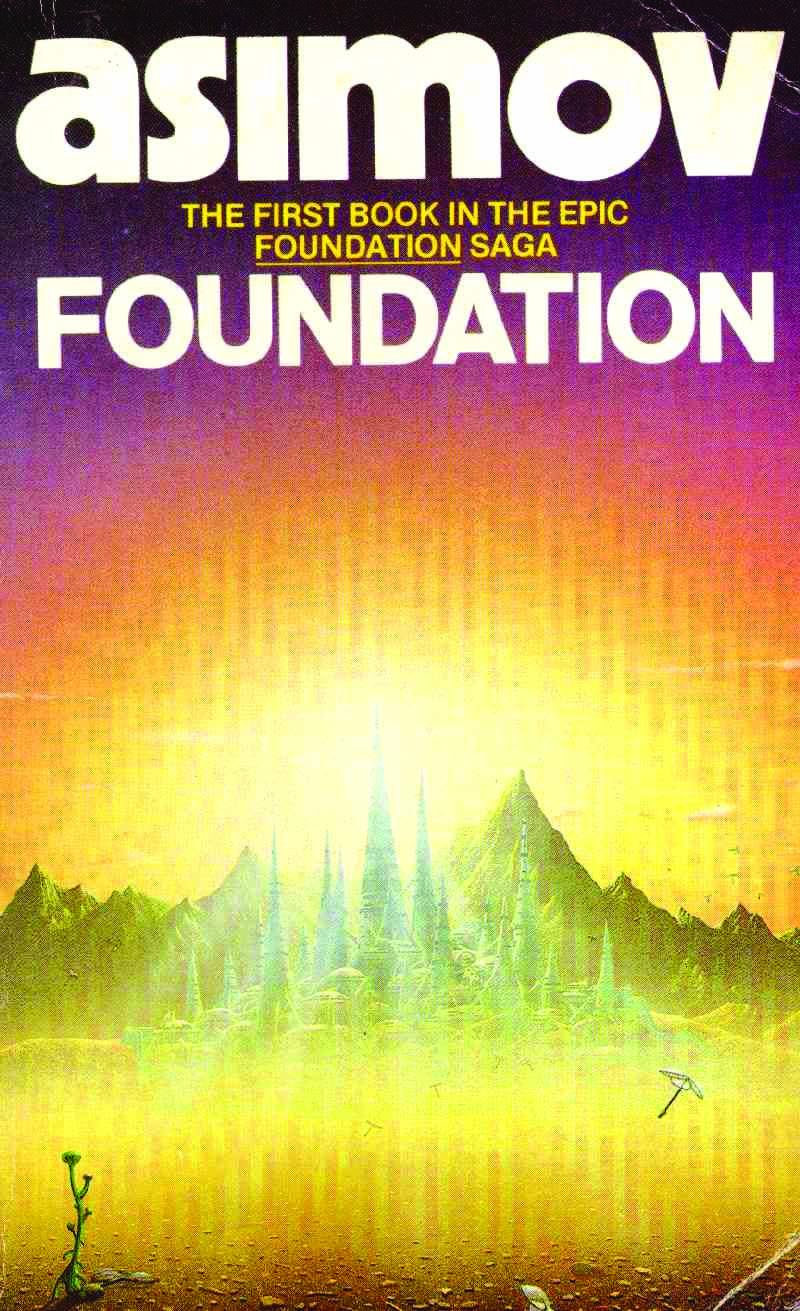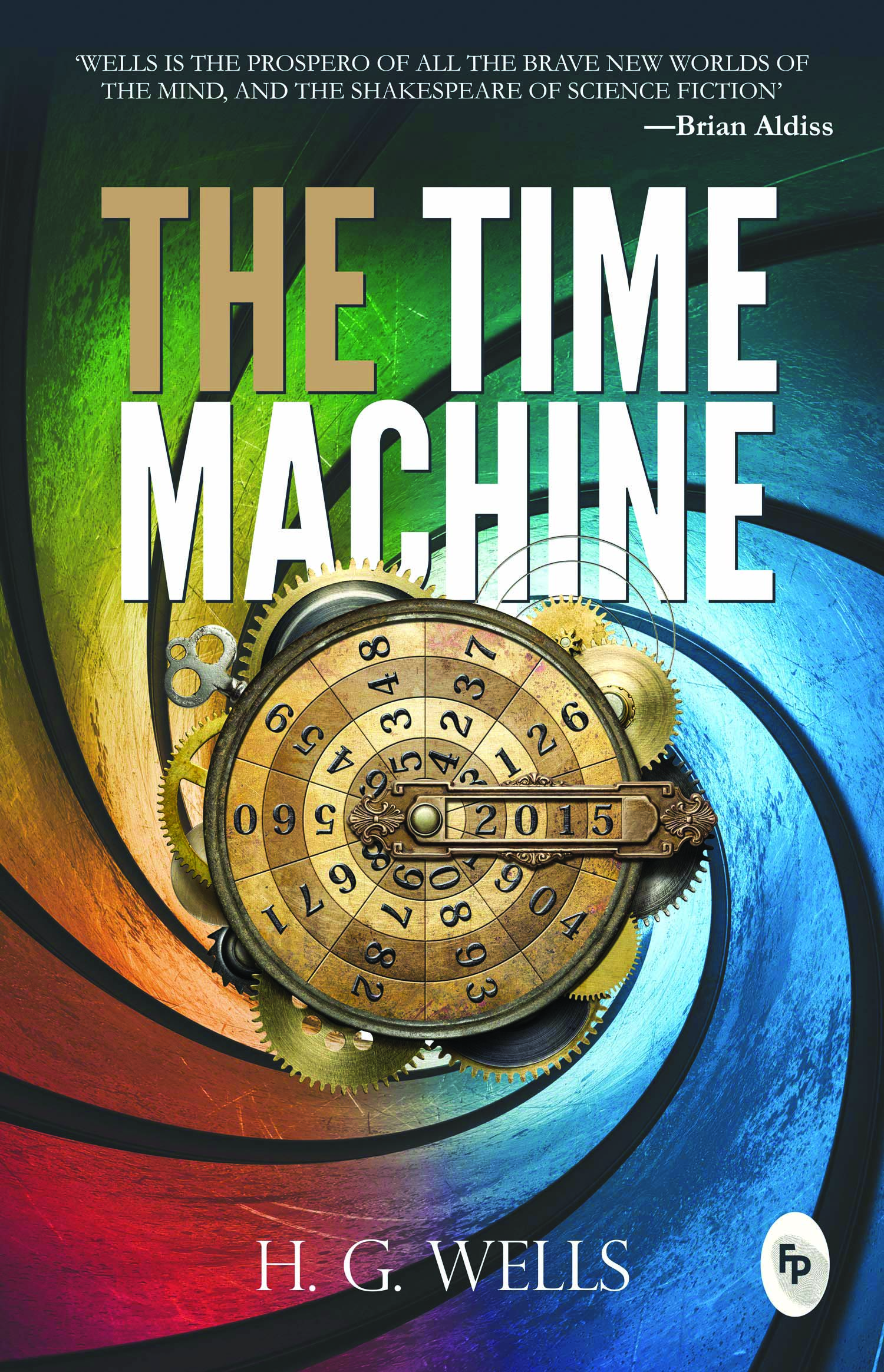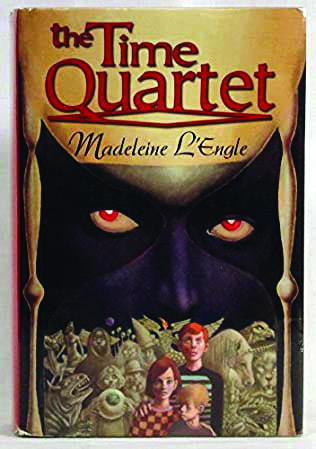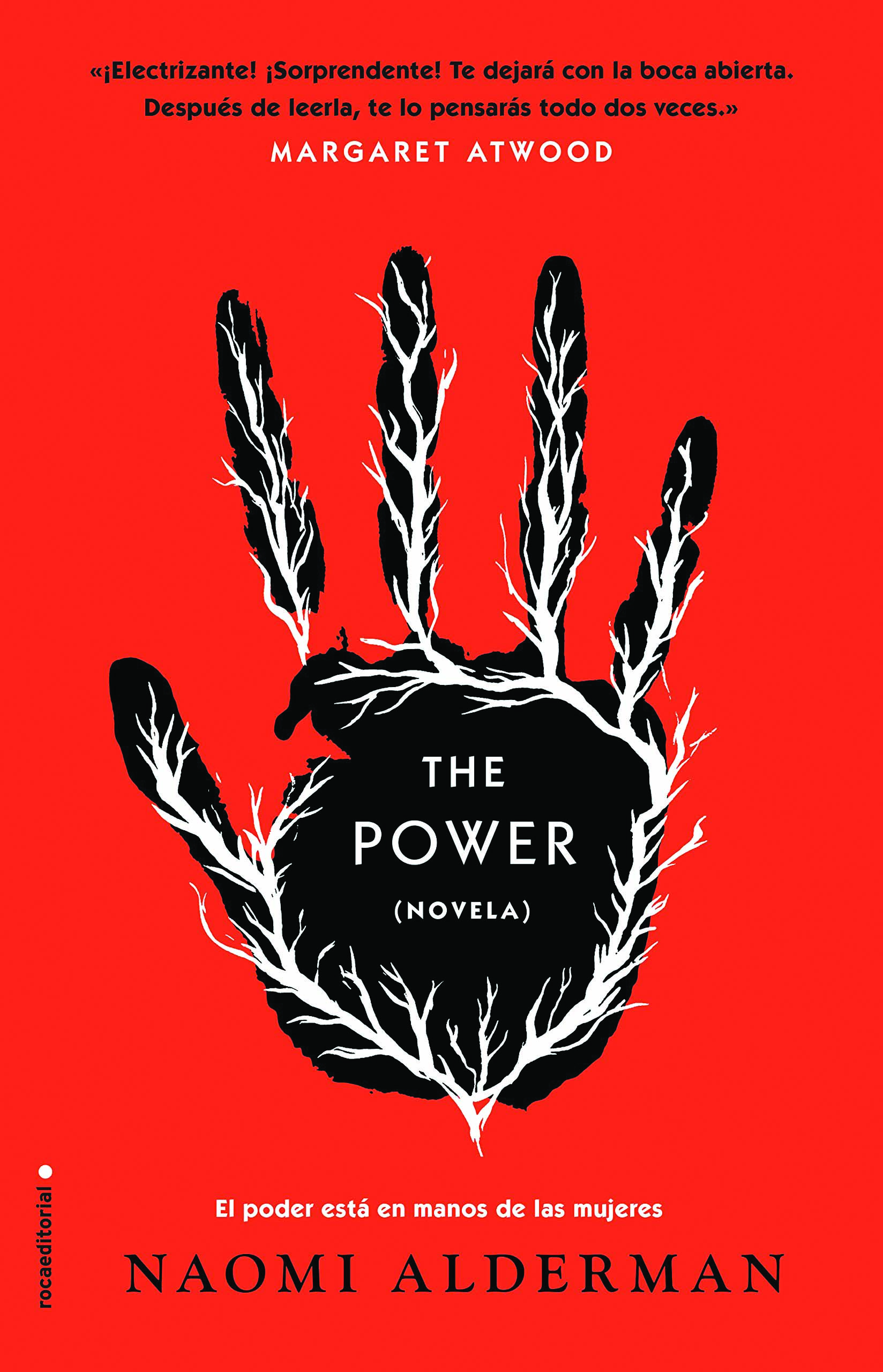NIKHIL JAYADEVAN
Reading science fiction introduces children to the power of imagination and innovation. It also enables them to understand the impact of science upon humankind
“Anything you dream is fiction, and anything you accomplish is science; the whole history of mankind is nothing but science fiction.” — Ray Bradbury (1920-2012), celebrated science fiction writer.
Science fiction or sci-fi is a literary genre that spans imaginative and futuristic concepts in science and technology such as outer space exploration, time travel, parallel universes, and extra-terrestrial life. Sci-fi novels take readers on adventures to faraway galaxies and underwater worlds and everywhere in between, introducing them to amazing characters and technologies along the way.
The tradition of science fiction is ages old. The Greeks and Romans had a very complex mythological system which included scientific imagination. So did the Egyptians and the Norse. In fact, their scientific myths and legends form the basis for much of today’s science fiction.
In the 1980-90, science fiction was very popular with children. But, lately with the growing addiction of children to digital gadgets, the reading habit and especially sci-fi, is falling out of fashion. This is unfortunate because sci-fi is the most imaginative and stimulating genre to develop children’s creativity and nurture their scientific temper. This is a literary genre in which writers seek out unique and inventive answers to deep mysteries of the universe.

Reading science fiction introduces children to the power of imagination and innovation. It also enables them to understand the impact of science upon humankind. “Reading science fiction and fantasy can help readers make sense of the world. Rather than limiting readers’ capacity to deal with reality, exposure to outside-the-box creative stories may expand their ability to engage with reality reality based on science,” writes Esther Jones, associate provost and dean of the faculty at Clark University, USA in theconservation.com.
Currently, humankind as highlighted in numerous sci-fi books and movies, is living on a planet that’s running low on natural resources, including fuel, fresh air, water and arable land. If children are encouraged to read sci-fi, they will be open to inventive problem-solving and exploring out-of-the-box solutions. Many real-life scientific inventions and discoveries were first mooted in sci-fi novels. For instance, the invention of the submarine and first expedition to the South Pole were born out of the novels of author Jules Verne (1828-1905). Satellites were first imagined and written about by the late Arthur C. Clarke (1917-2008).


SCI-FI CLASSICS
- The Hitchhiker’s Guide to the Galaxy by Douglas Adams
- The Time Quartet (A Wrinkle in Time, A Wind in the Door, A Swiftly Tilting Planet & Many Waters) by Madeline L’Engle
- The Time Machine by H.G. Wells
- Foundation by Isaac Asimov
- Journey to the Centre of the Earth by Jules Verne
- The Power by Naomi Alderman
- The Stars my Destination by Alfred Bester
- The Strange Case of Dr Jekyll and Mr Hyde by Robert Louis Stevenson
Also Read: Nurture science lovers
























